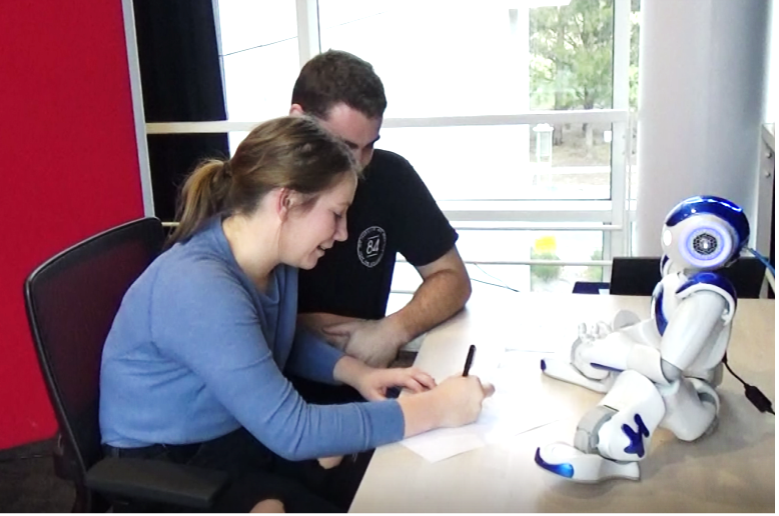
To Embody or Not: A Cross Human-Robot and Human-Computer Interaction Study on the Efficacy of Physical Embodiment
Study Period: 2018-2020
Abstract
A plethora of commercial social robots and social robotics startups have risen over the last few years. At a cursory glance, most such robots are merely conversational agents, essentially offering a similar or subset of the capabilities of a smart communication device embodied in a mobile/semi-mobile robotic platform. This raises the question of the efficacy of such an approach.
In this paper, we explore embodiment using a social, in-the-wild interaction scenario, comparing a Human-Computer and Human-Robot context. A public site has been deliberately chosen to highlight the importance of conducting such user studies in unconstrained social settings as opposed to in controlled lab settings. Increasing evidence suggest the lack of generalizability of lab-based results in the wild, which we argue as a reason for misguided commercialization of social robots and their eventual commercial failures. The results have implications for the long-term commercial viability of such social robots.

Study Location: Questacon
Team Members: Janie Busby Grant; Damith Herath; Nicole Binks
Publication
D. C. Herath, N. Binks and J. B. Grant, “To Embody or Not: A Cross Human-Robot and Human-Computer Interaction (HRI/HCI) Study on the Efficacy of Physical Embodiment,” 2020 16th International Conference on Control, Automation, Robotics and Vision (ICARCV), Shenzhen, China, 2020, pp. 848-853, doi: 10.1109/ICARCV50220.2020.9305520.

Janie Busby Grant
Psychology Research Lead
Associate Professor Janie Busby Grant is the Psychology Research Lead at CRL, where her work integrates human-robot interaction and artificial intelligence with a foundation in cognitive psychology and research design. With a strong emphasis on practical applications, Janie brings a reconciliatory approach to interdisciplinary research, particularly in exploring factors influencing human perception of, and engagement with robotic systems.

Damith Herath
Founder/Lead Collaborative Robotics Lab
Professor Damith Herath is the Founder and leader of the Collaborative Robotics Lab (CRL). His work focuses on exploring how robots and humans can collaborate, with an emphasis on the intersection of engineering, psychology, and the arts. His interdisciplinary approach actively seeks insights across diverse fields, promoting innovation and collaboration that transcends traditional disciplinary boundaries.

